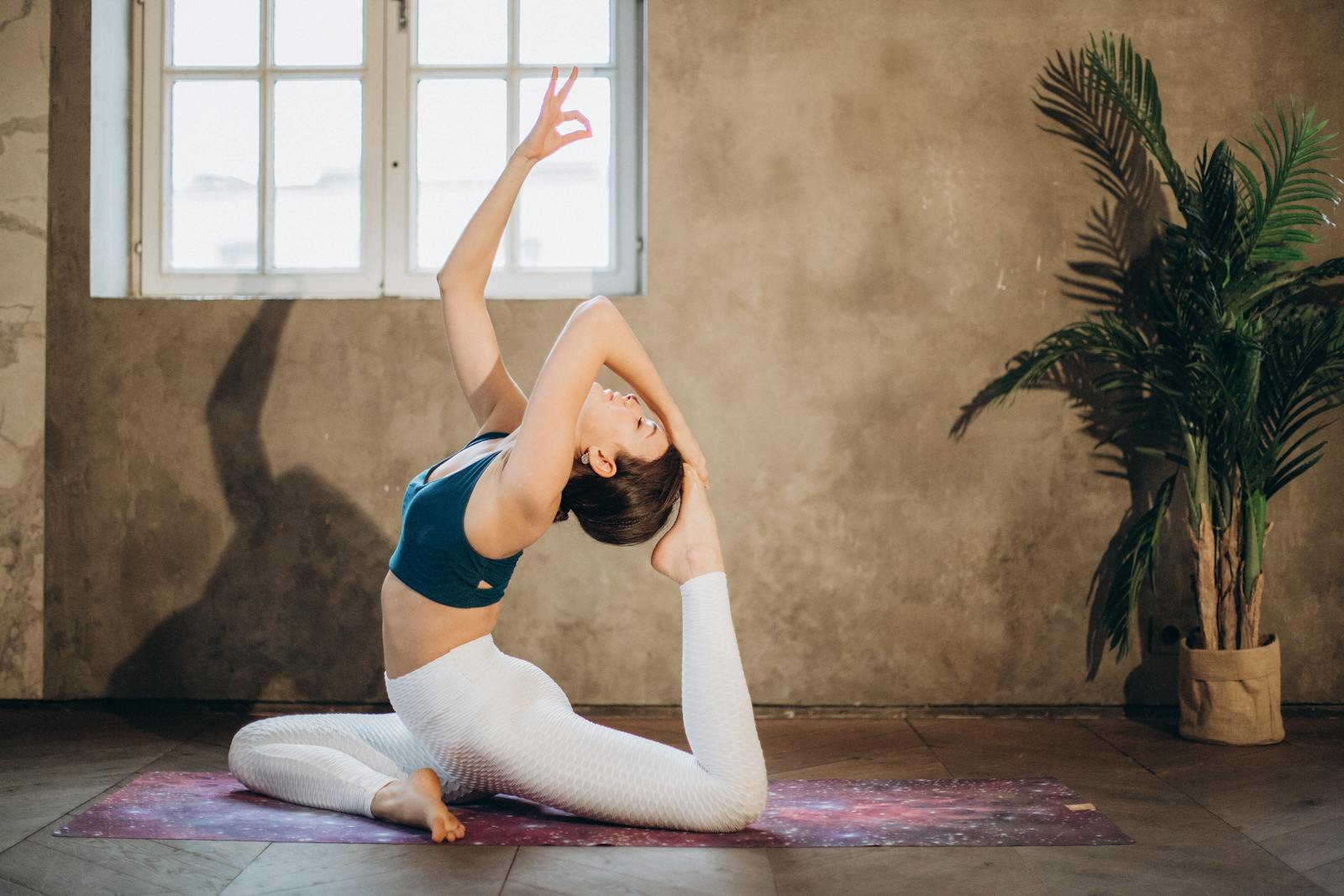Yoga has transcended from being a mere fitness trend to a holistic lifestyle choice embraced by millions around the globe. For beginners, the journey of starting yoga can seem daunting, especially when it comes to understanding which style or focus area to pursue. One of the most common goals for newcomers is yoga for flexibility. This article explores how beginners can effectively incorporate yoga into their routines, emphasizing flexibility through practical examples, online resources, and structured practices, including 15 minute yoga sessions tailored for their growing needs.
The Importance of Flexibility
Flexibility is a critical aspect of physical fitness and overall well-being. It enhances mobility, reduces the risk of injuries, and improves posture. According to a study published in the Journal of Physical Therapy Science, increased flexibility can lead to improved athletic performance and a higher quality of life, especially as we age. Yoga offers a multitude of poses designed to stretch and strengthen various muscle groups, making it an ideal practice for enhancing flexibility.
Getting Started with Yoga for Flexibility
Before diving into specific routines, it’s essential to understand the basics of yoga practice. Beginners should focus on a few key principles:
- Breath Control: Yoga emphasizes the connection between breath and movement. Deep, controlled breathing helps to relax the mind and body, enhancing the overall experience.
- Alignment: Proper alignment in poses is crucial to prevent injuries and maximize benefits. Beginners should take the time to learn the correct postures.
- Mindfulness: Yoga is as much about mental focus as it is about physical movement. Practicing mindfulness can help deepen the connection to your body and enhance flexibility.
Recommended Resources for Beginners
A wealth of online resources can guide beginners in their yoga journey. YouTube, in particular, is home to numerous channels dedicated to yoga for flexibility. Here are some recommended videos to get you started:
- 15-Minute Morning Yoga – A gentle routine to awaken your body.
- 15-Minute Yoga Stretch – Focuses on stretching key muscle groups.
- Total Body Flexibility – A comprehensive session targeting flexibility.
Creating a 15-Minute Yoga Routine
For beginners pressed for time, a 15-minute yoga stretch can be an effective way to incorporate flexibility training into daily routines. Here’s a simple yet effective sequence to follow:
- Cat-Cow Stretch (1 minute): Start on your hands and knees, alternating between arching your back (cat) and lowering your belly (cow).
- Downward-Facing Dog (2 minutes): From the hands-and-knees position, lift your hips, forming an inverted V-shape. Hold and breathe deeply to stretch the hamstrings and calves.
- Standing Forward Bend (2 minutes): Stand tall, then bend forward from the hips, letting your arms hang. This stretches your back and hamstrings.
- Seated Forward Bend (3 minutes): Sit with your legs extended, hinge at the hips to reach towards your toes. This pose further enhances the stretch in your hamstrings and lower back.
- Butterfly Pose (2 minutes): Sit with the soles of your feet together, letting your knees drop out to the sides. Gently press down to stretch the inner thighs.
- Reclining Spinal Twist (2 minutes): Lie on your back, drop your knees to one side while keeping shoulders on the floor. This pose aids in spinal flexibility.
- Savasana (3 minutes): End with a relaxation pose, lying flat on your back, focusing on your breath and allowing your body to absorb the benefits of your practice.
Benefits of 15-Minute Yoga Sessions
Incorporating short yoga sessions into your daily routine can yield significant benefits. Here are a few advantages of a 15 min yoga practice:
- Time-Efficient: Perfect for busy schedules, fitting into any part of your day.
- Reduced Stress: Even a short practice can help alleviate stress and anxiety.
- Increased Energy: Morning sessions can invigorate you for the day ahead.
- Improved Focus: Regular practice enhances mental clarity and concentration.
Enhancing Your Flexibility Journey
To further enhance your flexibility journey, consider these tips:
- Consistency is Key: Aim for a regular practice, even if it’s just a few minutes a day. The cumulative effect can lead to significant improvements over time.
- Incorporate Props: Use yoga blocks, straps, or cushions to assist in achieving deeper stretches and maintaining proper alignment.
- Listen to Your Body: Flexibility varies from person to person. Avoid pushing beyond your limits to prevent injuries.
Exploring More Resources
For those looking to dive deeper into yoga for flexibility, consider exploring additional online resources:
- Yoga Journal offers a collection of 15-minute yoga stretches that can be easily integrated into your schedule.
- YouTube playlists, such as this one, provide a variety of short sessions targeting flexibility and relaxation.
The Role of Morning Yoga
Starting your day with 15 minute morning yoga can set a positive tone for the rest of the day. Engaging in a brief session every morning helps to:
- Improve Mood: Morning yoga can elevate your mood and reduce anxiety levels.
- Boost Circulation: Gentle stretches increase blood flow and prepare your body for the day ahead.
- Enhance Focus: Morning practices can sharpen your concentration and mental clarity.
The Path to Enhance Physical Well-being
Yoga for flexibility not only enhances physical well-being but also promotes mental clarity and emotional stability. By integrating short, consistent practices into your daily routine, such as 15-minute sessions, beginners can experience profound benefits. Whether through online videos or self-guided practices, the journey of yoga is accessible and rewarding. Embrace the path to flexibility and watch as your body and mind transform over time. Remember, yoga is a personal journey; enjoy the process and celebrate your progress, no matter how small.


